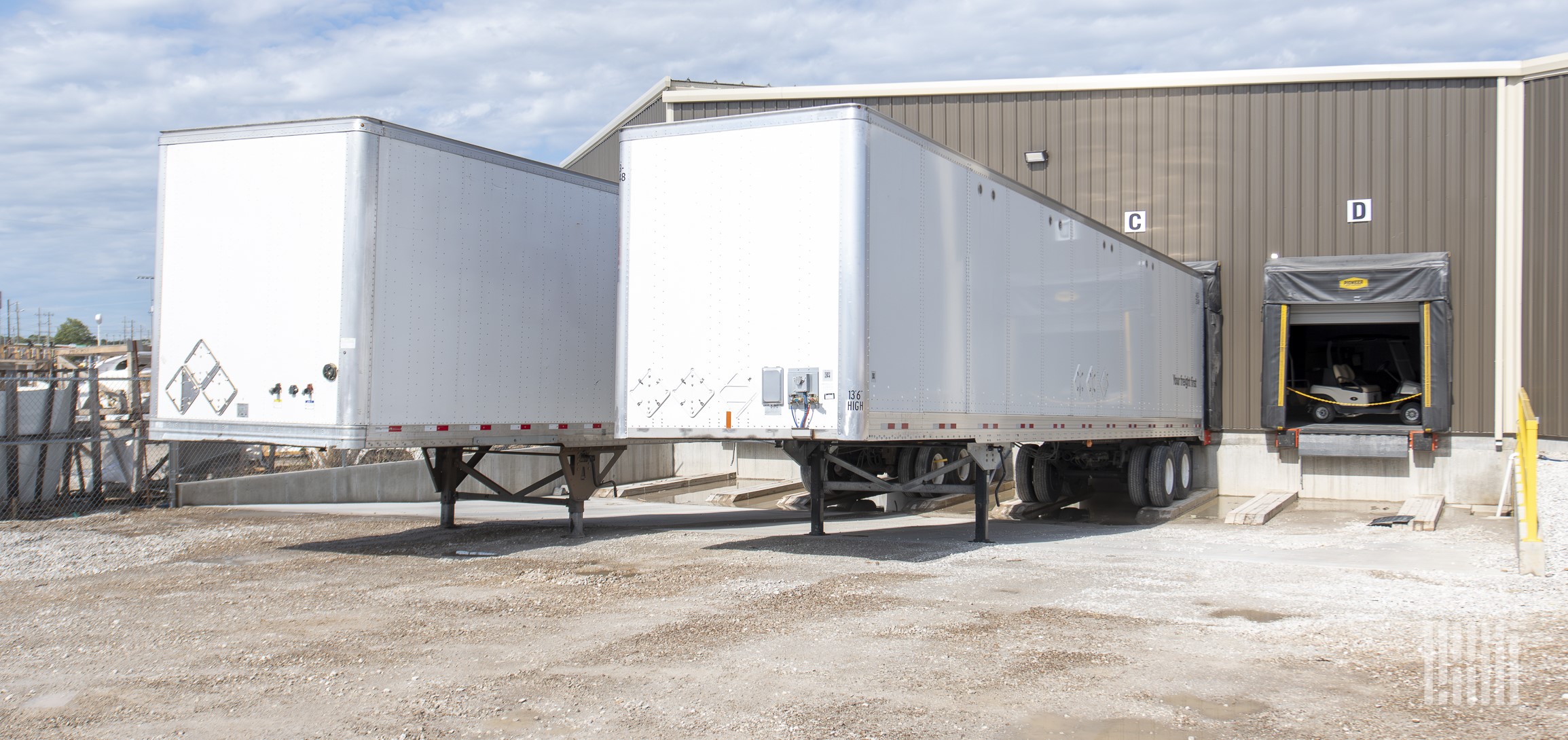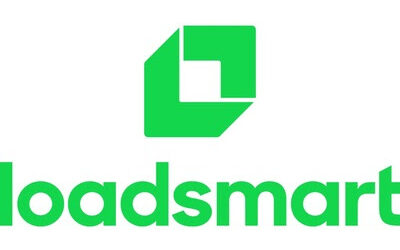A transportation management system (TMS) streamlines shipping processes, from planning to execution and analytics. But in a crowded market, where dozens of TMS systems offer the same basic features, ease-of-use has emerged as a critical factor in choosing the right system.
User-friendly TMS software empowers shippers to work more efficiently, make better decisions, and adapt quickly to market changes. This article explores the features that define a truly easy-to-use TMS and why they matter for your business. We’ll cover what to look for in your evaluation, and how user-friendliness impacts your bottom line.
Why ease-of-use matters in a transportation management system
The importance of a user-friendly TMS can’t be overstated, especially in an environment where complexity is essentially now the norm. Cumbersome systems lead to challenges that impose a drag on your operations and impact your ability to compete.
Challenges of complex and antiquated TMS platforms
- Reduced user adoption and productivity: When employees find a system confusing or frustrating, they’re less likely to use it effectively. This leads to decreased productivity and a failure to leverage the full potential of your TMS investment.
- Increased training time and costs: Training costs and time requirements skyrocket with complex systems. Your team may need extensive onboarding and ongoing support, taking them away from core responsibilities. This impacts productivity and increases operational costs.
- Errors in data entry and shipment management: Difficult interfaces often result in data entry errors and mismanaged shipments. When users struggle with a system, they’re more likely to make mistakes. These errors can cascade through your supply chain network, disrupting delivery times, causing customer dissatisfaction, and leading to additional costs.
- Delays in decision-making and decreased agility: Complex TMS systems can also slow down decision-making processes. When information is hard to access or interpret, managers can’t respond quickly to changing market conditions or emerging issues. This lack of agility can be a significant competitive disadvantage within the shipping industry, even leading to fines or customer churn.
On the other hand, an easy-to-use TMS empowers your team and streamlines transportation network operations in several ways.
Benefits of intuitive TMS technology
- Streamlined workflows: By providing intuitive interfaces, easy-to-use reports, automated processes, and simplified data entry methods, a user-friendly TMS reduces manual effort. Users are able to complete tasks more quickly, which saves time and makes organizations more efficient.
- Reduced training requirements: Easy-to-use software helps flatten the learning curve, allowing users to become proficient quickly. This leads to faster adoption rates and more confident users who can leverage the system’s full capabilities.
- Improved data accuracy and shipment visibility: User-friendly systems often feature intuitive data entry methods and built-in error checks. This improves data accuracy, giving you a clearer picture of your logistics operations. Better data leads to better decision-making across the board.
- Proactive problem-solving: When information is easily accessible and clearly presented, your team can make faster, more informed decisions. They can quickly identify issues, spot opportunities, and respond to changes in real-time.
Ultimately, ease-of-use directly influences your company’s success. The increased productivity and agility it provides can help you take advantage of opportunities and keep ahead of the competition.
6 key features of a user-friendly trucking TMS
Now let’s explore the specific features that define a truly user-friendly TMS. These are the elements you should look for when evaluating potential solutions for your business.
1. Intuitive interface
A clean, uncluttered design is the base of any user-friendly TMS. Make sure the systems you’re considering feature clear navigation menus and logical layouts. A good rule of thumb is to count how many clicks it takes to start an action, as well as to finish it. Does it take one to two clicks to start a quote? That seems straightforward. Or do you need five to six clicks? That seems like a time-waster. Important information should be easily accessible, with key functions displayed prominently.
2. Simple data entry
Look for TMS software with proven history integrating with various ERP systems. This will reduce manual shipment entry and save your team time. Not to mention avoid human error which can cause significant delays down the supply chain.
3. Real-time visibility and tracking
Easy access to end-to-end shipment information is critical. Seek out transportation management tools with clear, customizable dashboards that provide at-a-glance shipment status updates. Real-time tracking functions should be easy to access and understand so carriers and shippers can quickly respond to any issues.
4. Automated workflows
Repetitive tasks can be time-consuming and prone to errors. User-friendly TMS solutions often include automation to streamline these processes. Find systems that automatically generate shipping documents, send notifications, update statuses, and offer auto-tendering based on defined rules. You should also look out for TMS platforms with the ability to send notifications when important key metrics, such as freight spend or OTD percentage for a carrier cross a threshold.
5. Context-sensitive help and support
Even with the most intuitive systems, users will require assistance at times. Seek out TMS solutions with built-in help features, like hover-over explanations, in-app tutorials, a community portal, and clearly written support documentation. This minimizes frustration and empowers users to independently find answers to questions that arise. And human support should also be expected, so seek out a solution that offers customer success support without added costs.
6. Smooth software integrations
A truly user-friendly TMS doesn’t exist in isolation. It should seamlessly integrate with separate critical business technologies, like ERP, WMS, or accounting software. Look for TMS solutions offering pre-built integrations, EDI connections, and open APIs. These allow for easy data exchange, reducing manual data entry and ensuring consistency across your technology stack.
Choosing the right user-friendly TMS
When evaluating TMS solutions, ease-of-use should be a top priority. However, it’s important to balance user-friendliness with functionality and scalability. Here’s a roadmap to help you choose the right system for your needs.
Start by clearly defining your requirements. Which features does your business need? How many users should it be able to support? Can the software scale as you grow? Having answers to these questions will help you narrow down your TMS options.
During demos and trials, pay close attention to the user interface. Is it intuitive and easy to navigate? Can you easily find the information and functions you need? Don’t be afraid to ask TMS companies for hands-on time with the system.
Consider the learning curve. How long will it take for your team to become proficient? What kind of training and support does the TMS provider offer? A truly user-friendly system will minimize onboarding time and ongoing support requirements.
Look beyond the flashy features. While a sleek look-and-feel is important, are functions and data organized in a way that makes sense with your business processes? Does it handle your needs, whether that’s a special LTL billing capability, RFP capabilities, or unique freight brokerage workflows?
Seek out references from companies similar to yours. How does the TMS perform in the real world? Does it live up to its promises? Insights like these are invaluable as you make your final decision.
You can’t afford a confusing TMS system
A truly easy-to-use TMS empowers your team to work more efficiently, make better decisions, and adapt quickly to changing market conditions. It reduces errors, minimizes training costs, and improves overall productivity. These benefits translate directly into cost savings and improved customer satisfaction.
As you evaluate TMS options, keep the features we’ve discussed in mind. Look for intuitive interfaces, simple data entry functionality, real-time visibility, and robust customization options. Remember that the best fit should feel like a natural extension of your team’s workflow.
Investing in a user-friendly platform, like Loadsmart’s ShipperGuide TMS, positions you to navigate the trucking industry’s challenges with confidence and agility. Don’t settle for a clunky user experience, because the right TMS can transform your operations and help grow your business.
FAQ
TMS software, or transportation management system software, is a logistics platform that helps businesses plan, execute, and optimize the movement of goods. It manages various aspects of transportation operations, from tendering, order management, and route planning, through shipment tracking, and payments.
TMS (transportation management system) and WMS (warehouse management system) are complementary software solutions in supply chain management. TMS focuses on managing transportation processes, while WMS is dedicated to controlling and optimizing warehouse operations.
Transportation management software (TMS) is typically used by supply chain managers, fleet operators, and transportation coordinators in companies with significant shipping needs. Freight brokers, third-party logistics providers, and large retailers or manufacturers often use it to optimize transportation processes and reduce costs.


